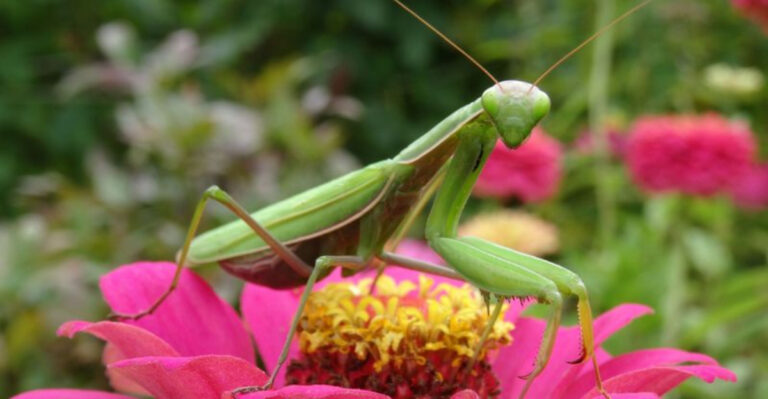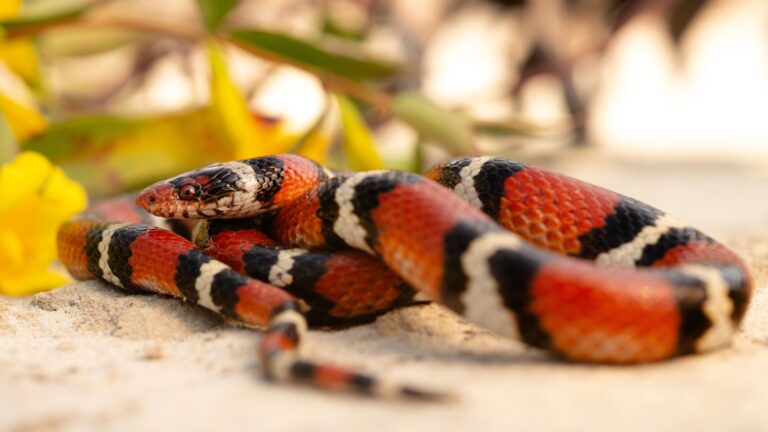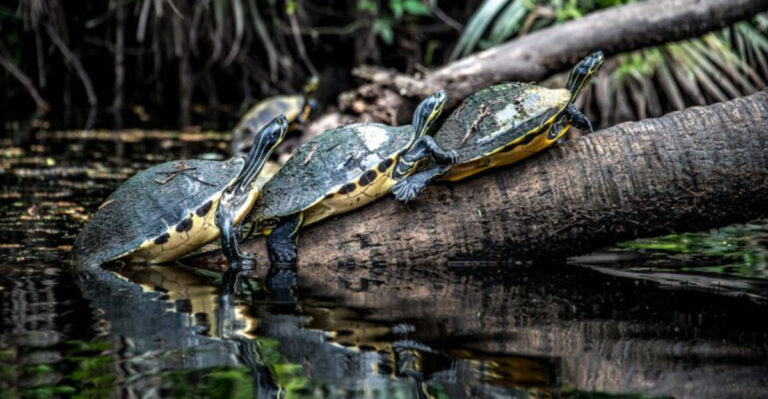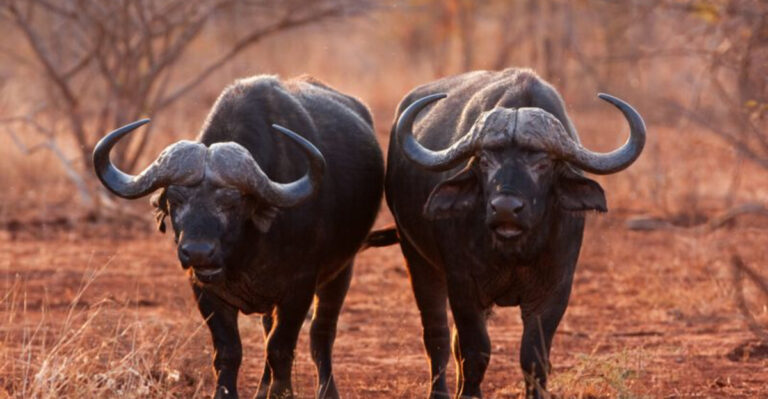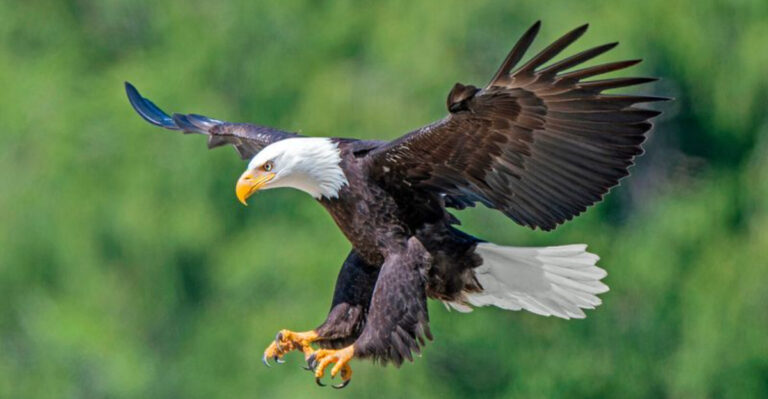Beware Of Snakes In These U.S. Rivers
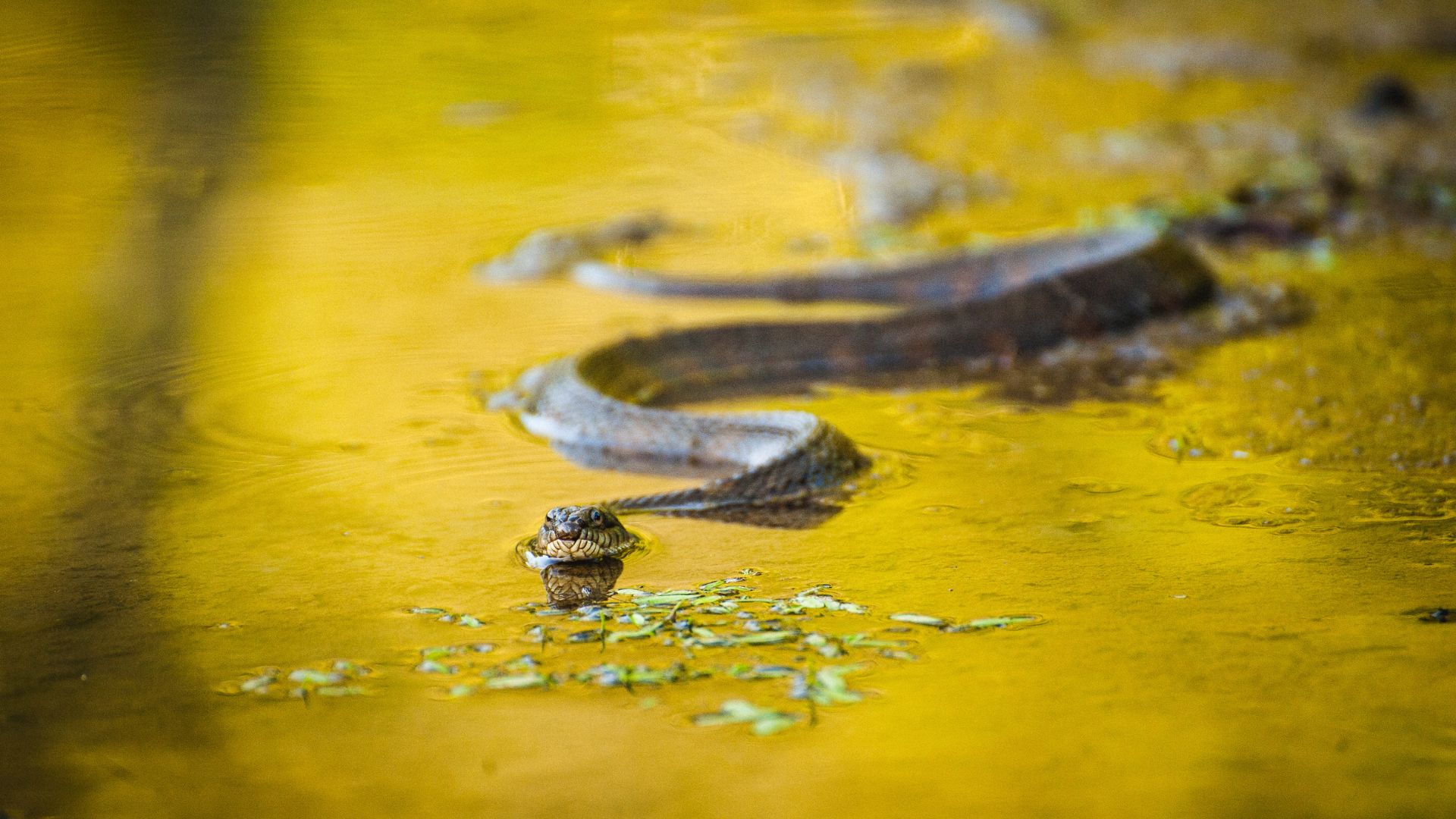
When exploring the diverse and stunning rivers in the United States, it’s not just the scenic beauty and recreational opportunities that capture our attention.
Many of these rivers are home to a variety of snake species, some of which may be dangerous. This guide covers popular U.S. rivers where snake encounters are more likely, highlighting important details about each river and the serpents you might find there.
1. Mississippi River
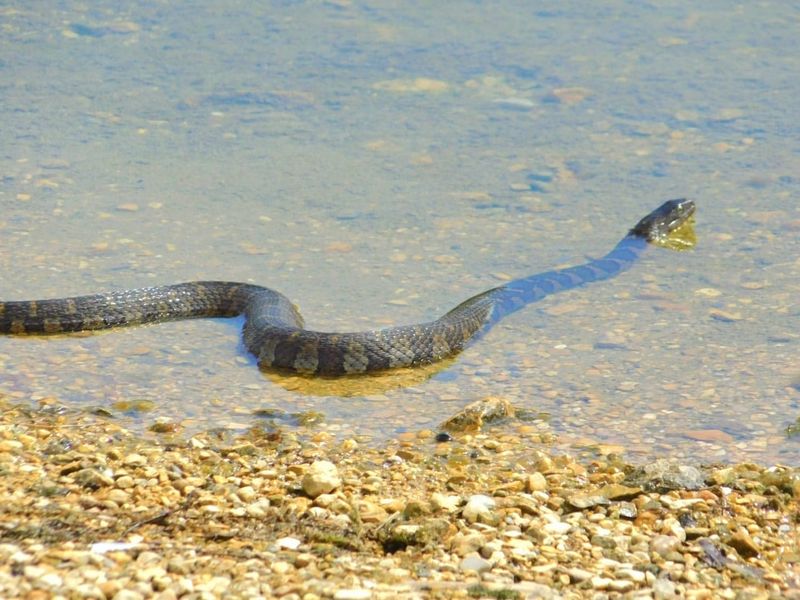
The Mississippi River, stretching over 2,300 miles from Minnesota to the Gulf of Mexico, is a majestic and vital waterway. It’s known as the second-longest river in North America. Amid its scenic routes and bustling barge traffic, it’s also a habitat for numerous snake species.
From northern water snakes to the more ominous cottonmouths, the Mississippi River provides a lush environment for these reptiles. The diverse ecosystem along the riverbanks supports their population, offering plenty of hiding spots and abundant prey.
While exploring this river, it’s essential to stay cautious near the water’s edge, especially in warmer months when snakes are more active. Keeping a respectful distance ensures both your safety and the snakes’ peace.
2. Missouri River
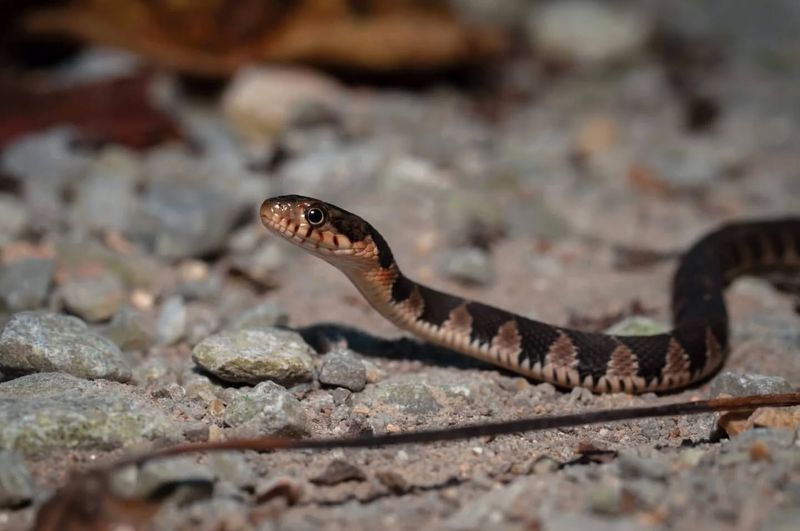
Flowing over 2,300 miles, the Missouri River is the longest river in North America, winding through the heart of the country. Its dynamic landscapes and historical significance make it a captivating destination.
However, it also hosts a variety of snakes, including the common garter snake and venomous rattlesnakes. The river’s extensive wetland habitats and rich biodiversity create an ideal environment for snakes.
These reptiles can often be found basking on rocks or swimming in the gentle currents. Observers often find the Missouri’s snake population intriguing yet intimidating.
Visitors are advised to wear appropriate footwear and watch their step, especially around rocky or vegetative areas. Being snake-aware allows for a safe and enjoyable experience along the river’s awe-inspiring stretches.
3. Arkansas River
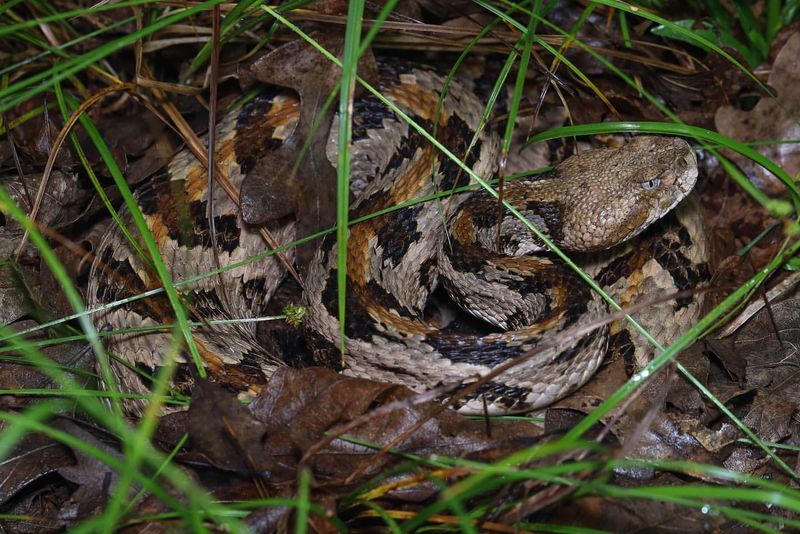
The Arkansas River, flowing 1,469 miles through states like Colorado, Kansas, and Arkansas, offers breathtaking views and thrilling rafting adventures. However, this river is also notorious for its snake inhabitants, ranging from harmless water snakes to the venomous copperhead.
The river’s warm and humid conditions make it a perfect breeding ground for snakes. They thrive in the river’s diverse habitats, from open waters to densely vegetated banks. The Arkansas River’s ecosystem supports a variety of snake species that are adept at blending into their surroundings.
Adventurers and river enthusiasts should remain vigilant, especially when walking along the river’s lush banks. Keeping noise to a minimum can help prevent startling these often shy creatures, ensuring a harmonious coexistence.
4. Ohio River
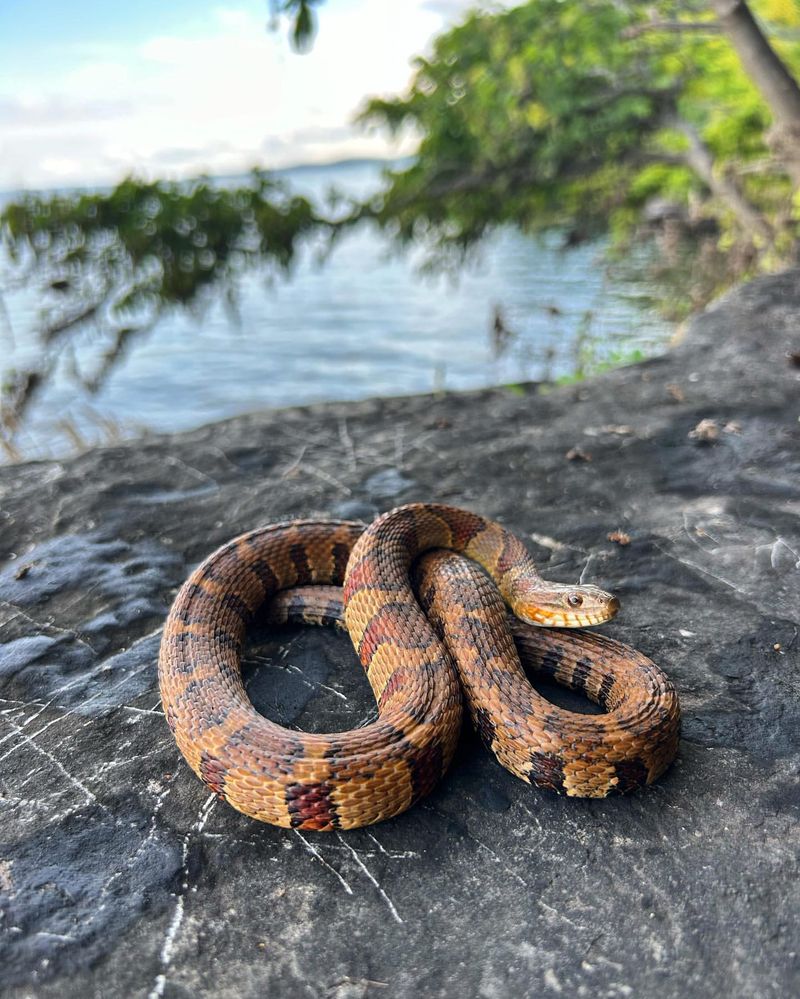
Spanning 981 miles from Pennsylvania to the Mississippi River, the Ohio River is a vital waterway known for its rich history and bustling commerce. It’s also a common habitat for snakes, particularly water snakes and the occasional copperhead.
The river’s calm waters and adjacent forests provide an ideal habitat for these reptiles. Snakes here can often be seen swimming or basking in the sun along the riverbanks, where they find ample food sources.
Travelers enjoying the Ohio River’s beauty are encouraged to stay alert and maintain a safe distance from any snakes they encounter. Respecting their space not only promotes safety but also supports the ecological balance of this important river.
5. Rio Grande River
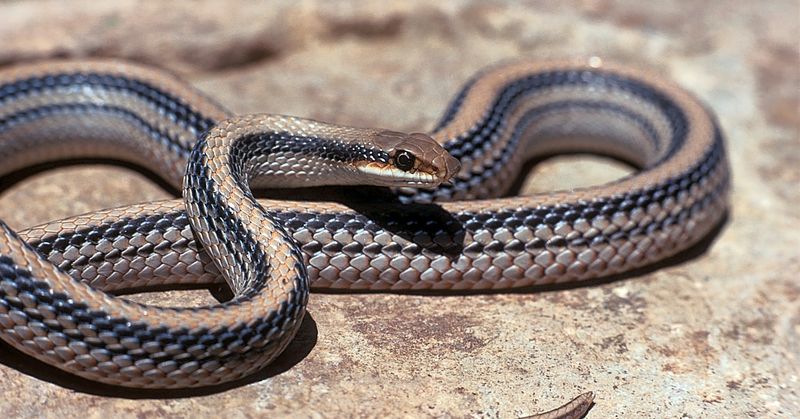
The Rio Grande River, stretching 1,896 miles from Colorado through New Mexico and Texas to the Gulf of Mexico, offers stunning vistas and a rich cultural tapestry. This river is home to a myriad of snake species, including the Western diamondback rattlesnake.
The dry, arid surroundings of the Rio Grande provide a unique habitat for these snakes. They are often seen basking in the sun or hiding under rocks and brush near the river’s edge. These reptiles play a crucial role in controlling rodent populations along the river.
Hikers and nature lovers exploring the Rio Grande should exercise caution and watch where they step. Staying on designated paths and remaining observant helps prevent unwanted encounters with these fascinating yet potentially dangerous creatures.
6. Colorado River
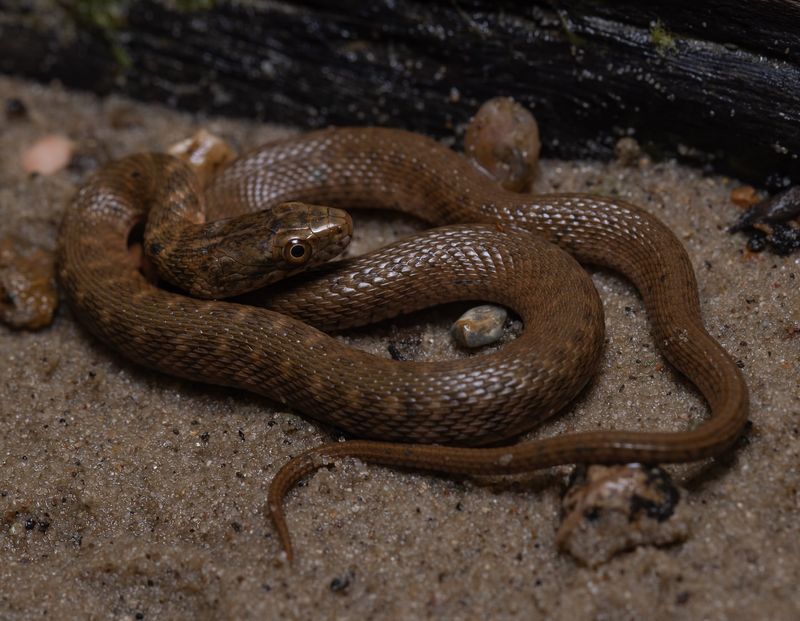
The Colorado River, famous for carving out the Grand Canyon, runs 1,450 miles through seven U.S. states and into Mexico. It’s a popular spot for rafting and hiking, but it’s also a habitat for various snake species, including the Grand Canyon rattlesnake.
The river’s rocky terrain and varying climates create a diverse environment where snakes thrive. These reptiles are often spotted by observant hikers and rafters, adding an element of thrill to the experience.
Visitors to the Colorado River should be mindful of their surroundings, especially when exploring off the beaten path. Awareness and respect for the natural inhabitants ensure a safer and more enriching adventure in this iconic location.
7. Snake River
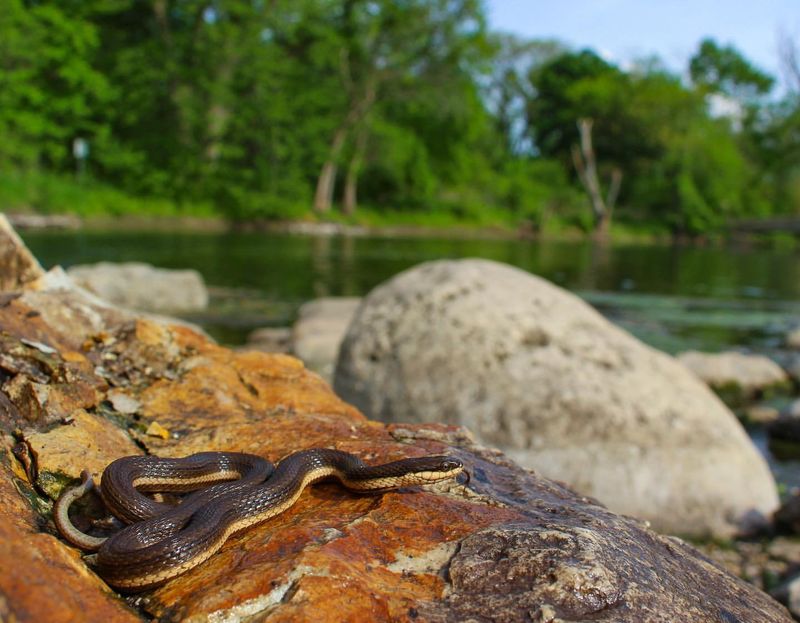
True to its name, the Snake River in the Pacific Northwest is a haven for snake enthusiasts. Stretching over 1,078 miles, it meanders through Wyoming, Idaho, and Oregon, offering diverse landscapes and abundant wildlife.
The river is home to a variety of snake species, including garter snakes and rattlesnakes. Its varied terrain, from lush forests to arid plains, supports these creatures, providing ample opportunities for sightings.
Those exploring the Snake River should keep an eye out for these reptiles, especially in warmer months. Respecting their habitat and maintaining a safe distance enhances the experience while ensuring the safety of both humans and snakes.
8. Sacramento River
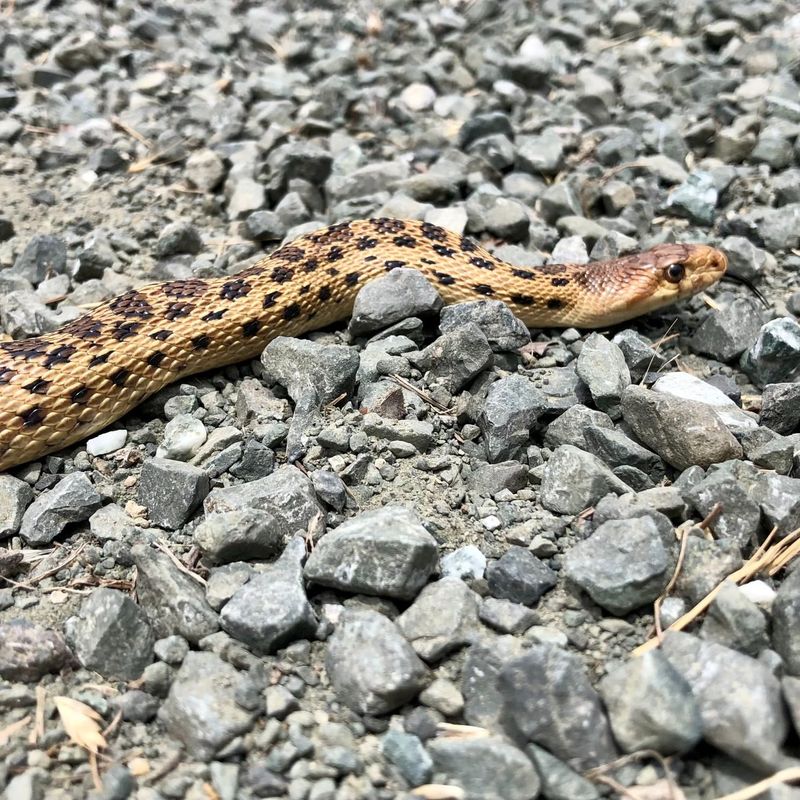
Flowing 447 miles through Northern California, the Sacramento River is a vital water source for the region and a haven for wildlife, including several snake species such as the gopher snake and the California kingsnake.
The river’s lush riparian zones and abundant vegetation provide a perfect habitat for snakes. They are often found near the water, camouflaged among the riverbank foliage.
People enjoying the Sacramento River’s natural beauty should be aware of their surroundings, especially when venturing near dense vegetation. Knowledge and caution help prevent accidental encounters with these elusive yet captivating reptiles.
9. San Joaquin River
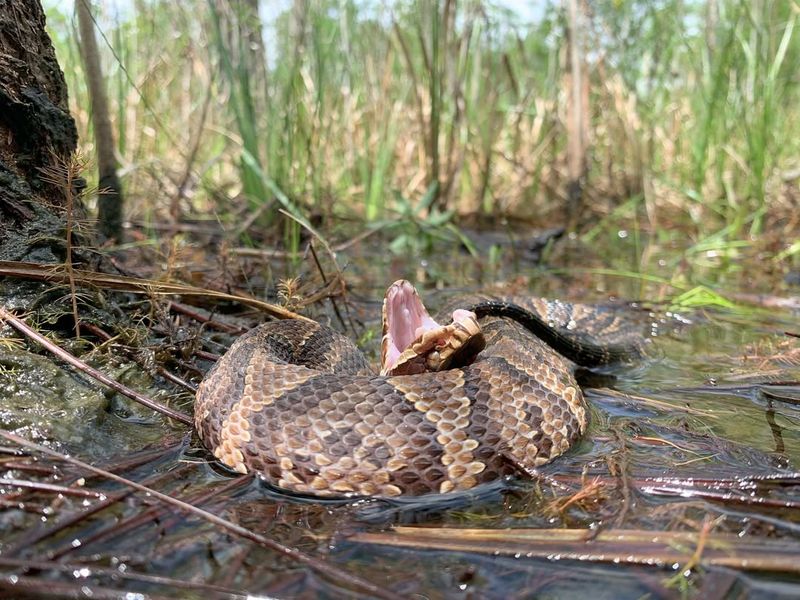
The San Joaquin River, flowing 366 miles through central California, is known for its diverse ecosystems and scenic views. It’s also home to an array of snakes, including the Pacific rattlesnake and various water snakes.
The river’s warm, Mediterranean climate and varied landscapes provide a supportive habitat for these reptiles. Snakes are frequently seen basking on sunny riverbanks or hiding among the reeds.
Outdoor enthusiasts exploring the San Joaquin River should tread carefully and respect the wildlife. Observing from a distance ensures safety and allows for the enjoyment of the river’s vibrant ecosystem.
10. Columbia River
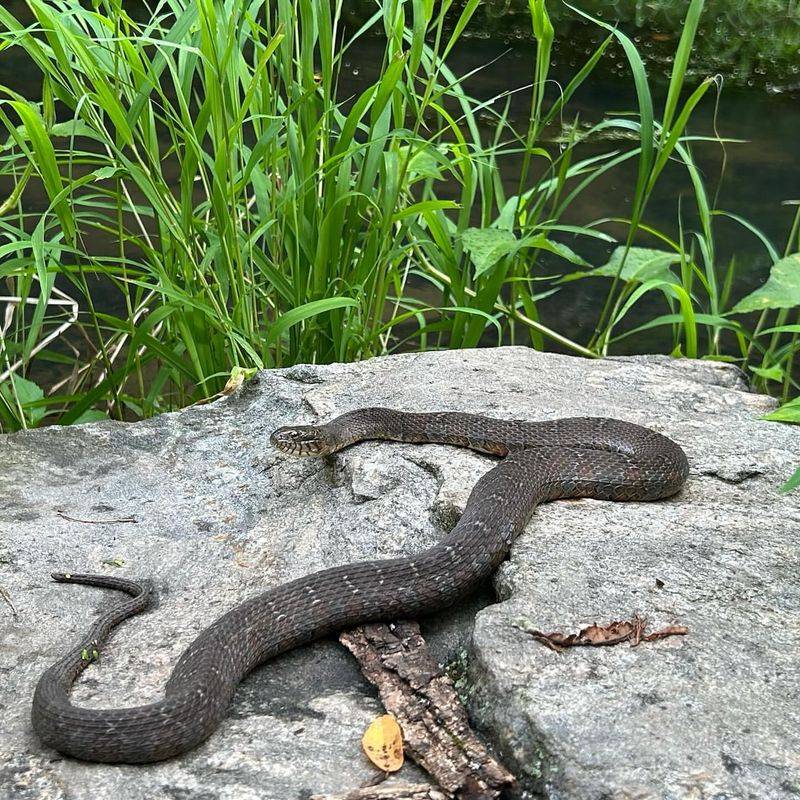
The Columbia River, stretching 1,243 miles through the Pacific Northwest, is renowned for its powerful flow and breathtaking scenery. It is also a habitat for numerous snake species, including the ribbon snake and the Western rattlesnake.
The river’s cool, temperate environments and abundant fish populations support these reptiles. Snakes along the Columbia can often be found near the water or hidden in the underbrush.
Visitors to the Columbia River should remain cautious and respect the natural habitat of these snakes. Enjoying the river’s beauty from a safe distance ensures a memorable and secure experience.

